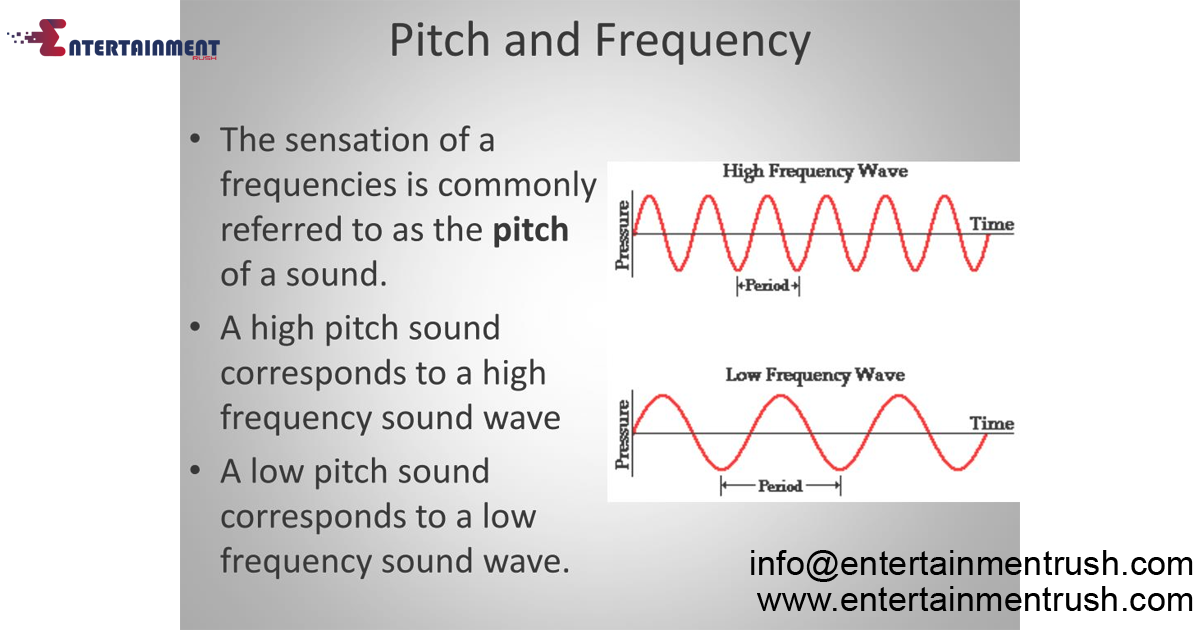Sound is a fascinating phenomenon that plays a crucial role in our everyday lives, from the music we enjoy to the communication we engage in. Understanding the fundamentals of sound, particularly pitch, frequency, and amplitude, provides insights into how sound is produced, perceived, and manipulated. In the United States, advancements in sound technology and research have deepened our understanding of these fundamental concepts, influencing fields such as music, acoustics, engineering, and communication.
Pitch: The Perception of Sound Frequency
Pitch is the subjective quality of sound that allows us to differentiate between high and low tones. It is closely related to the frequency of sound waves, with higher frequencies corresponding to higher pitches and lower frequencies to lower pitches. In the United States, musicians and audio engineers use pitch as a fundamental element in creating harmonious melodies and arranging musical compositions. Understanding pitch also plays a crucial role in speech perception and language development, as variations in pitch convey emotional and linguistic nuances in communication.
Frequency: The Measurement of Sound Waves
Frequency refers to the rate at which sound waves vibrate per second and is measured in hertz (Hz). Higher frequencies result in higher-pitched sounds, while lower frequencies produce lower-pitched sounds. In the United States, scientists and researchers study the relationship between frequency and various aspects of sound perception, including auditory sensitivity and hearing impairment. This knowledge informs the design of hearing aids and audio devices that cater to different frequency ranges, ensuring optimal sound quality and accessibility for individuals with hearing challenges.
Amplitude: The Intensity of Sound Waves
Amplitude represents the magnitude or strength of sound waves, often perceived as loudness. It is measured in decibels (dB) and corresponds to the height of the sound wave. Greater amplitude results in louder sounds, while lesser amplitude produces quieter sounds. In the United States, advancements in audio technology have led to the development of sound systems and acoustic treatments that optimize amplitude levels for various applications, from concert halls to home entertainment systems. Understanding amplitude is crucial in preventing noise-induced hearing loss and promoting safe listening practices among the public.
Applications in Music and Audio Engineering
In the realm of music and audio engineering, the understanding of pitch, frequency, and amplitude is fundamental to creating and reproducing high-quality sound experiences. Musicians use pitch to tune instruments and compose melodies, while audio engineers manipulate frequency and amplitude to achieve desired sonic effects in recordings and live performances. Innovations such as equalizers and compressors allow precise control over sound characteristics, enabling artists and producers to craft unique and immersive auditory experiences.
Technological Advancements in Sound Science
The United States is at the forefront of sound science and technology, with ongoing research and development in areas such as acoustics, psychoacoustics, and sound engineering. Innovations in ultrasound imaging, noise cancellation technology, and virtual reality audio systems demonstrate the practical applications of sound fundamentals in diverse industries, including healthcare, aerospace, and entertainment. These advancements not only enhance our understanding of sound but also drive innovation and creativity across interdisciplinary fields.
Educational Initiatives and Outreach
Educational initiatives in the United States aim to promote sound literacy and foster appreciation for the science of sound among students and the public. Outreach programs, workshops, and interactive exhibits engage learners of all ages in exploring concepts related to pitch, frequency, and amplitude. By raising awareness about the impact of sound on our lives and environment, these efforts contribute to building a more informed and culturally enriched society. exploring the fundamentals of sound—pitch, frequency, and amplitude—in the United States unveils the intricate workings of one of the most fundamental sensory experiences. From music composition and audio engineering to healthcare and technological innovation, the applications of sound science are vast and diverse. By delving deeper into these concepts, we gain valuable insights into the physics, psychology, and artistry of sound, paving the way for new discoveries and transformative advancements in the realm of auditory perception and technology.
